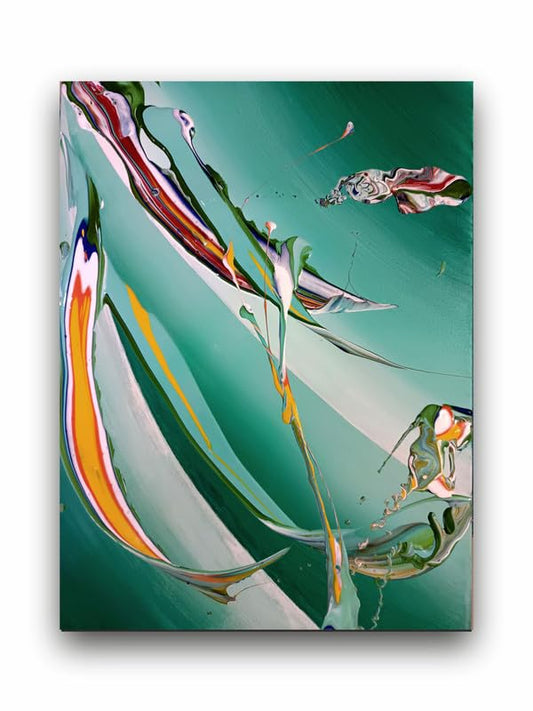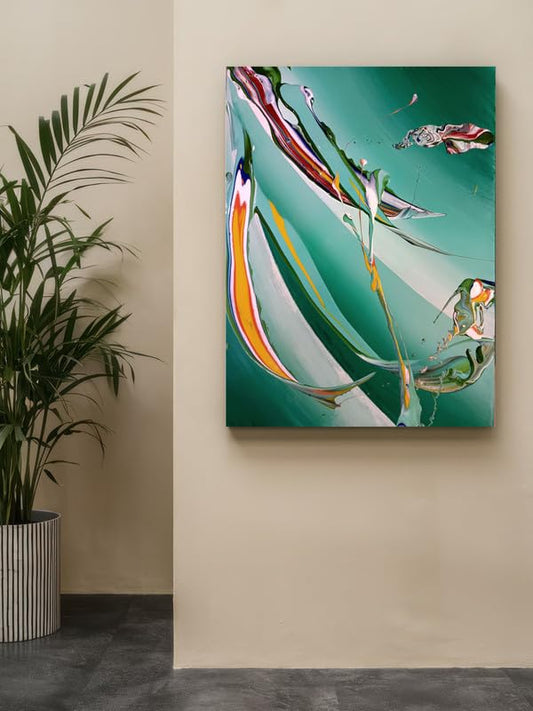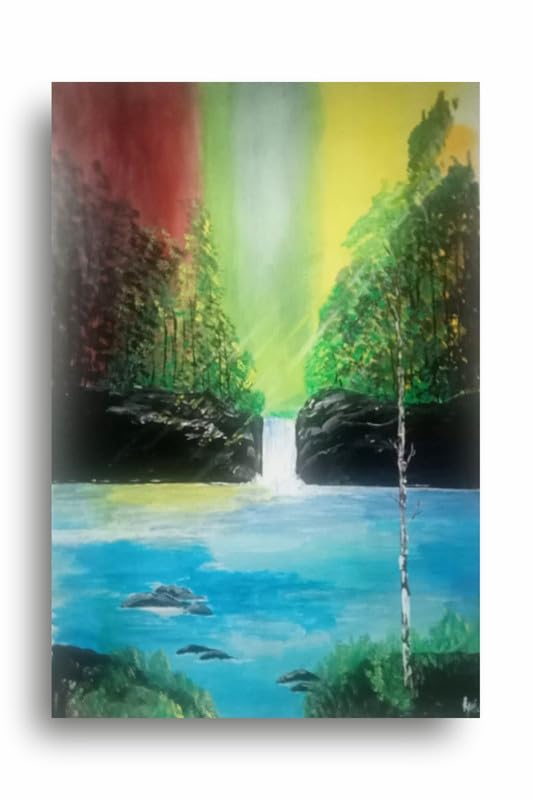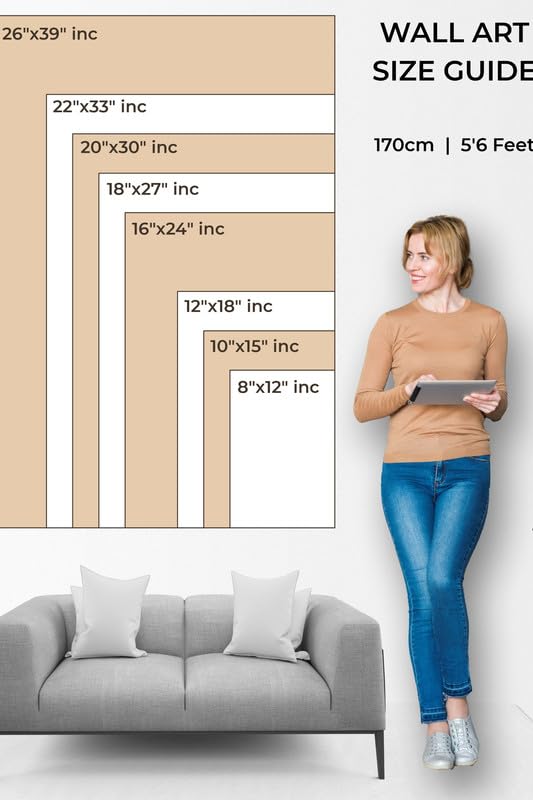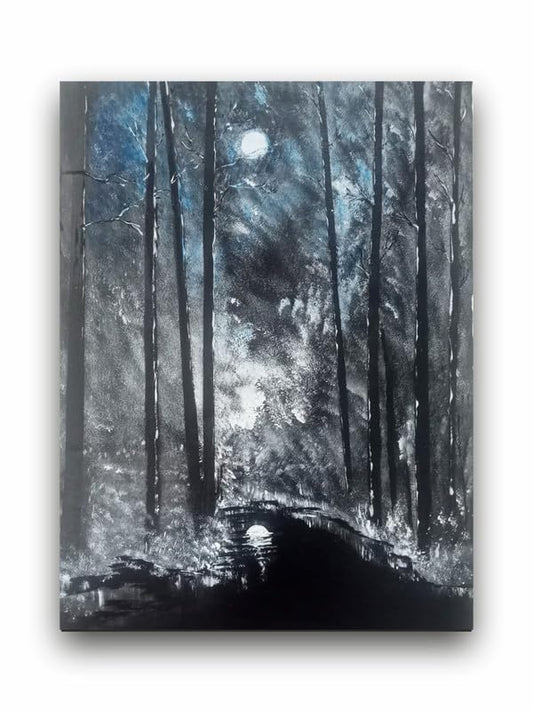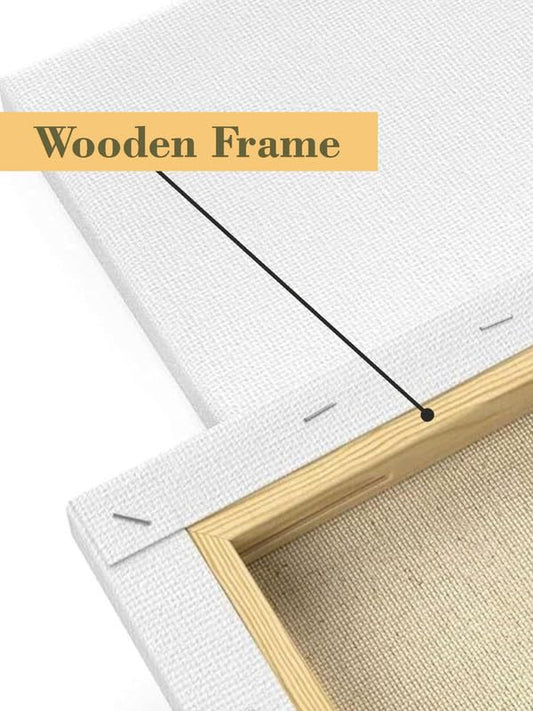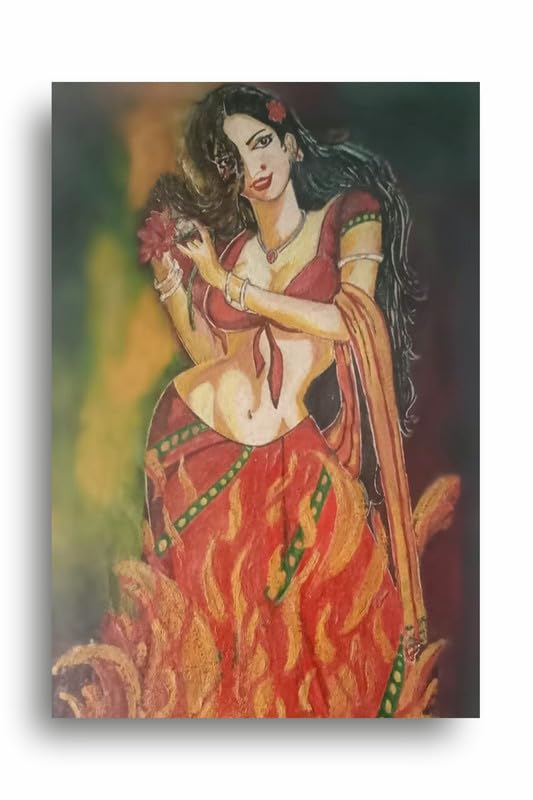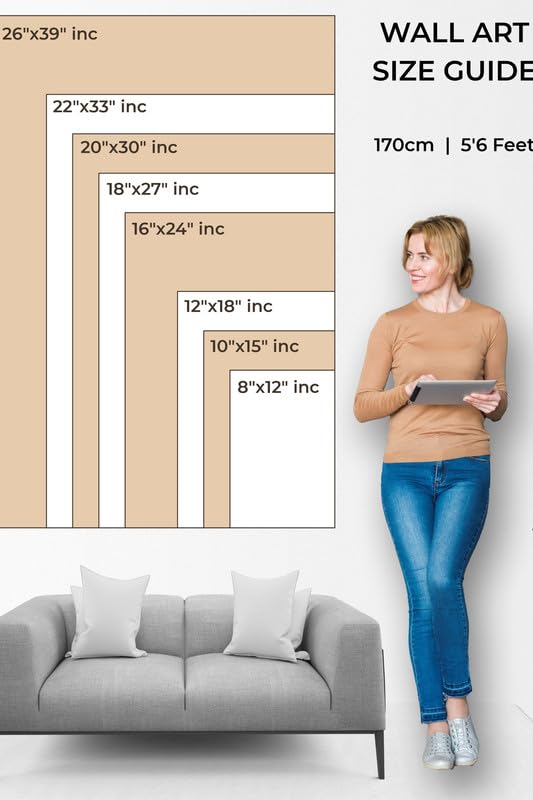
How to Begin Collecting Abstract Art: A Guide for the New Collector
How to Begin Collecting Abstract Art: A Guide for the New Collector
Abstract art is a thrilling adventure for the new collector. There is no recognizable subject matter, as abstract art is more about form, color, and texture. With interpretations and emotional responses wide open like the imagination, it offers wide-ranging possibilities. Abstract art can seem tough, especially for a new collector; however, the right approach allows you to quickly build a collection that resonates with your aesthetics. Here are some of the best tips for getting started.
1. Understand What Abstract Art Is
Before diving into collecting, take the time to understand what abstract art entails. With abstract art, instead of depicting a concrete object or scene, it employs shapes, colors, and textures for representations of emotions or ideas. Thus, the basis for appreciating abstract art is to avoid demanding a literal representation of it; rather than asking what it is, try to figure out what you feel in response to the work of art. This will help you connect with pieces which have a personal significance for you.
2. Visit Galleries and Museums
One of the best ways to start your abstract art journey is by visiting galleries, museums, and art fairs. All these do one thing: offer you real looks at a variety of works. That way, you will get an idea which of the styles or artists appeal to you more. Many galleries also give you insight into how the artist approached his process and what inspired him/her. This can really deepen the understanding and appreciation of the work.
3. Begin Small
As an aspiring collector, it's always suggested to begin small. You can start with prints or drawings, small canvases that fit your budget and space. It will allow you to start experimenting with styles and artists who really don't require such heavy investments. Only after developing your tastes and confidence would you gradually scale up your collections to bigger or more expensive pieces.
4. Research Artists and Styles
Take advantage of this opportunity to discover artists and styles you like. Abstract art is very broad, with several key movements, including Abstract Expressionism, Minimalism, and Geometric Abstraction. Familiarizing yourself with each of these styles will help you make more enlightened purchasing decisions. Consider emerging artists. Their work may be less expensive and have greater potential for appreciation over the long term.
5. Listen to Your Instincts
When you are purchasing abstract art, let instinct guide you. Abstract art is so subjective that the decision is not really right or wrong, but art that stirs an emotional response inside of you or simply appeals to your taste should be the priority. Art is individualistic, a reflection of you and your taste, so let instinct be your guide.
6. Consider the Practicalities
One of the critical considerations before buying is the practical matter of art collecting. Consider the size and how it will fit in your home or office, then do some research on materials to ensure that the piece does not require particular care or framing. It helps set in your mind an investment that will stand the test of time.
7. Network with Other Collectors
An online or in-person art community can provide many ways of knowledge and direction for new collectors. The network of the other collectors brings you into view new artists, galleries, and events and informs how to collect cohesively.
Conclusion
Opening an abstract art collection is the most personal and fulfilling experience. Learn, go to galleries, and trust your instincts for curating the best collection of your unique taste which will bloom with you. Take your time-not on a tight schedule to enjoy the journey of finding the art you like and brings beauty into your life.
How to Begin Collecting Abstract Art: A Guide for the New Collector

